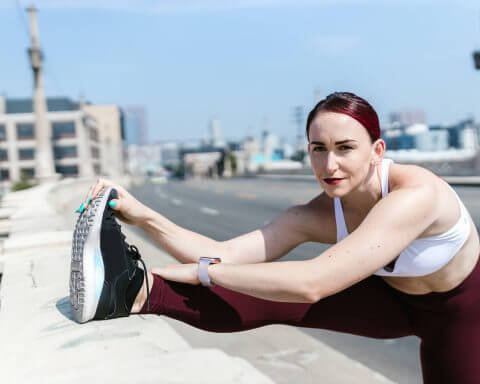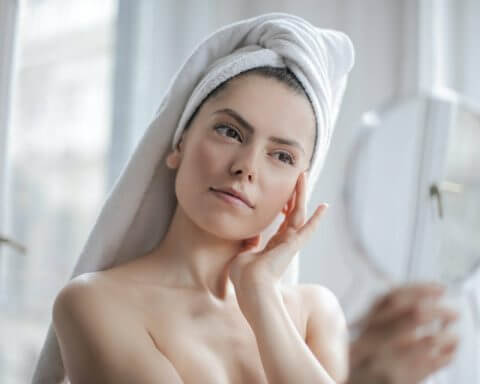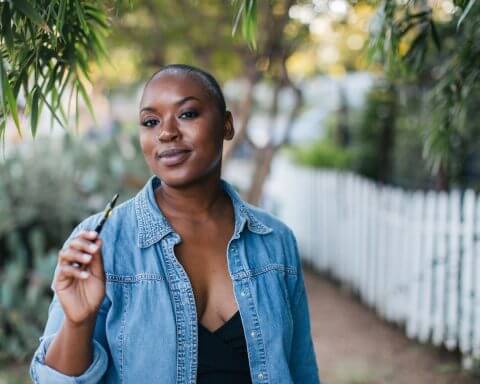Have you ever had trouble treating what appears to be facial acne but is actually not acne? You might suffer from pityrosporum folliculitis, also referred to as fungal acne. Frequently confused with acne, this ailment is connected to a fungus called Malassezia furfur that normally grows on the skin. Acne and fungus can coexist, be mistaken for one another, or flare up in response to acne treatment. Acne and other yeast infections like dermatitis or tinea versicolor can occasionally coexist alongside pityrosporum folliculitis in patients. It won’t react to typical acne treatments because it is caused by a yeast infestation inside the follicles and needs particular care.
What Exactly is Fungal Acne?
An infection of the hair follicles on the skin is known as fungus acne. It typically manifests as tiny pimples with little variation in shape and size, frequently accompanied by itching. Pityrosporum folliculitis has been named a skin disorder. It is one of the wide varieties of folliculitis, an ailment that infects the hair follicle. It can resemble pimples and is frequently mistaken for acne. Pustules appear on the skin as a result of your hair follicle becoming irritated and infected from folliculitis. Dehydration may be the reason why you have it; it commonly appears on the shoulders, neck, and head. It’s usually called a yeast infection.
An infection of the hair follicles on the skin is known as fungus acne. It typically manifests as tiny pimples with little variation in shape and size, frequently accompanied by itching. Pityrosporum folliculitis has been named a skin disorder. It is one of the wide varieties of folliculitis, an ailment that infects the hair follicle. It can resemble pimples and is frequently mistaken for acne. Pustules appear on the skin as a result of your hair follicle becoming irritated and infected from folliculitis. Dehydration may be the reason why you have it; it commonly appears on the shoulders, neck, and head. It’s usually called a yeast infection.
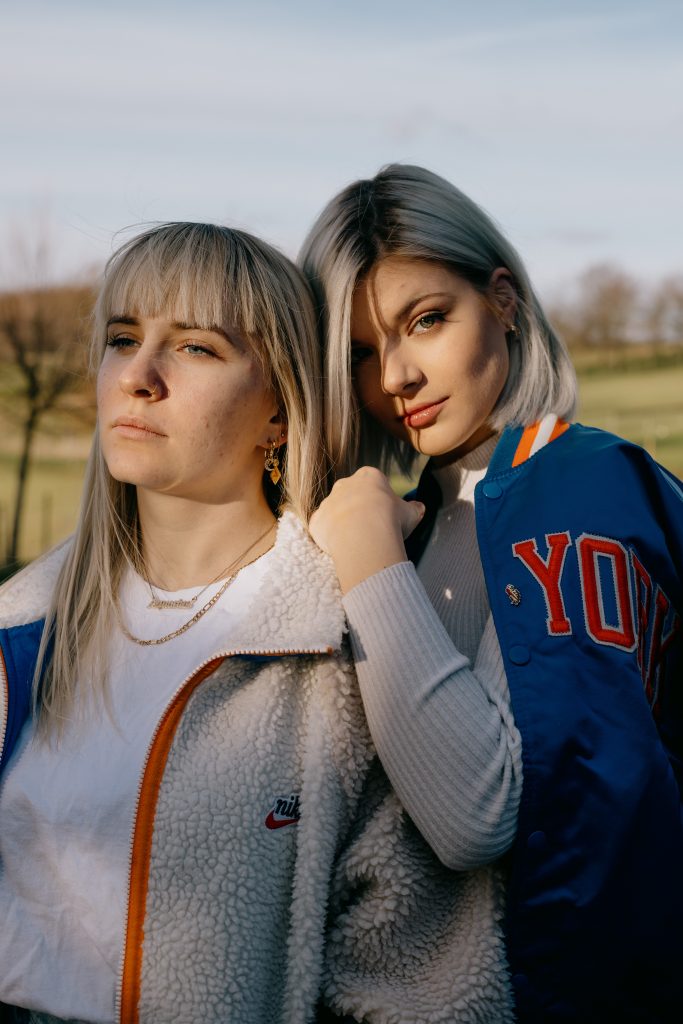
How Can You Spot Fungal Acne?
The itchiness of the lumps is the most typical symptom you’ll experience. Look for tiny whiteheads, preferably one millimeter in diameter around a similar size to a pinpoint. While regular acne might be painful whenever a blemish becomes inflamed, fungus acne never hurts and is only itchy. Fungal acne could be stubborn, get worse when you sweat and get worse in hot, muggy weather. The appearance, clinical symptoms, and lack of treatment with conventional acne medicines will all help your dermatologist make this diagnosis. As our clothing frequently covers the chest and back, fungus acne is more prevalent there. Additionally, the red spots frequently emerge together.
How is Fungal Acne Treated?
Because it resembles regular acne so much, fungus acne is frequently treated incorrectly. Many people try to treat acne with over-the-counter medications, but they are ineffective. You must reestablish the right ratio of bacteria and yeast on the skin in order to effectively treat the fungal infection.
Topical antifungal creams
Your doctor might suggest a stronger topical medicine when over remedies do not help the fungal acne. In order to cure fungal folliculitis, also known as fungus acne, doctors frequently recommend ketoconazole 2 percent, which is used twice daily for two to three weeks. But whatever triggered the fungal pimples can bring it back.
Dietary changes
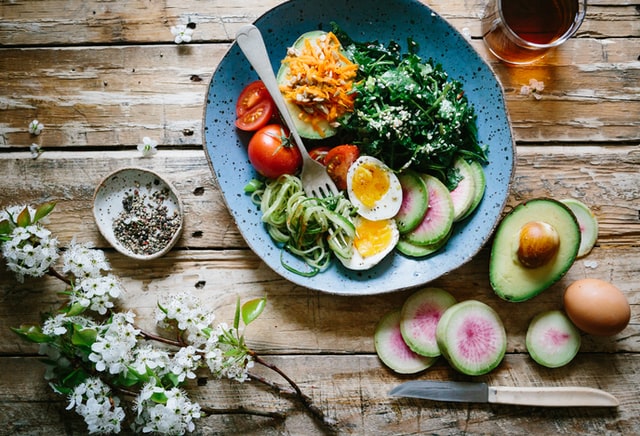
Restricting the consumption of items like added sugars and white flour-which encourage yeast growth-is a key component of an antifungal diet. Finding the balance with other healthy foods like apples, greens, cereals, and lean protein may help your acne, even if it’s not necessary to fully cut out such food groups off your diet.
Moisturizer without oil
Oil-free cleansers are fantastic products since they hydrate the area without adding additional oil that might get absorbed by follicles. You can buy these over again and use them as a part of your regular skincare routine.
CBD skincare products
Research suggests that CBD skincare products help numerous skin conditions, including fungal acne Cannabidiol is derived from the cannabis plant and exhibits anti-inflammatory, oil-reducing and antimicrobial properties, thereby being very effective in getting rid of fungal acne. The antibacterial, anti-imflammaging, and antifungal nature of the plant not only treat acne but also reduce acne scars.
Other Remedies
Lactic acid, which is produced by Lactobacillus, can limit the growth of yeast. Increase your intake of yogurt and consider taking lactobacillus supplements. Another antibacterial that can be utilized is tea tree oil. It can cause skin irritation if applied all over, so dilute this with water and only use it on the acne.
How Can you Prevent It?
A few preventive measures can work wonders for keeping fungal acne at bay. Here’s what you can do to stop them from emerging.
Put on breathable clothing
Airflow is made possible by breathable materials, which can decrease the warm, wet conditions that promote the growth of fungus. Probably wear comparable sorts of garments if changing your wardrobe helps with fungal acne.
Keep skin clean
By maintaining your skin as fresh as you can, you can aid in its prevention. Strive not to shave each day to avoid hurting the hair follicles. After a sweaty workout or a long day at the office, a simple rinse may help minimize yeast problems. You can reduce how frequently you use the shampoos as a body cleanser to as few as once per week once the breakout has fully resolved as a daily rinse might support the preservation of a balanced yeast population on your skin.

Eat a balanced diet
Having a balanced diet helps you avoid acne outbursts to a major extent. Yeast and other fungal elements need sugary carbohydrates to thrive, so a good idea to discourage their growth is to integrate veggies, proteins, and fresh fruits into your diet.
You may lessen your chance of developing fungus acne by keeping a salicylic cleanser, or moist wipes made with the exfoliating component in your bag.
Voibon Tips
- To avoid fungal acne, replace your regular shampoos with an anti-fungal one.
- On hot, muggy days, take about three showers per day.
- Remove sweaty clothing as quickly as possible, and avoid wearing it again without cleaning it.
- Avoid fatty alkaline items like lauric acid (found in coconut oil), linoleic acid, and anything that promotes dry skin healing.
- The antibacterial properties of honey help in preventing fungal acne. Apply it on infected areas and leave it there as much as you need to.
It’s vital to know that normal acne medications won’t work to treat fungal folliculitis, and using these may even exacerbate it worse. Consult your dermatologists or healthcare physician about treatment options if you think you develop fungal acne. In addition to addressing any obvious triggers, fungus-fighting lotions, washes, and supplements are used to treat bacterial acne.
Since fungal acne has a propensity to reappear, maintenance therapy may be necessary.

